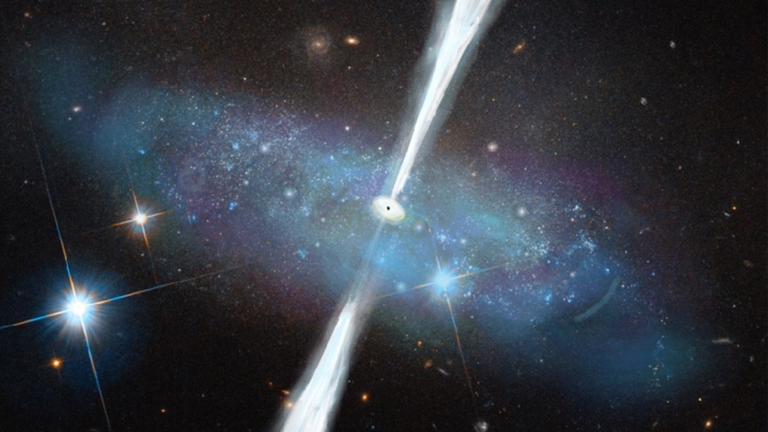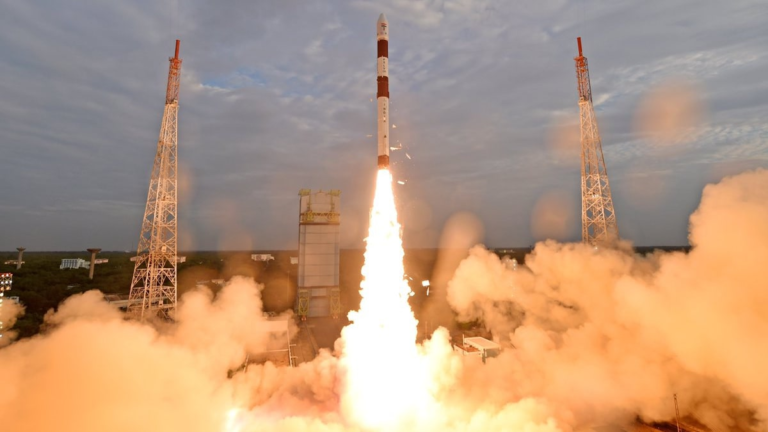
It will be “difficult” for NASA to make a new attempt to launch its massive Moon rocket in October, an official from the US space agency said Tuesday, with a lift-off in November looking more likely.
The SLS rocket, the most powerful ever designed by NASA, had to be returned overnight to its storage hangar in order to shelter it from the approach of Hurricane Ian.
The next possible launch windows – determined according to the positions of the Earth and the Moon – are from October 17 to 31, then from November 12 to 27.
“We know that the earliest it could go is late October, but more than likely we’ll go in the window in the middle of November,” NASA administrator Bill Nelson told CNN.
At a press conference, NASA associate administrator Jim Free was also asked about the rocket’s chances of attempting a lift-off in October.
“I don’t think we’re going to take anything off the table,” he said. “But it is going to be difficult.”
After the hurricane has passed by, NASA will have to take the time to change the batteries of the rocket’s self-destruct system, a complex operation that will be carried out in the storage hangar.
Raising the 98-meter-high (320 foot) rocket and transporting it to its launch pad, before configuring it for takeoff, will also take days.
The latest setback will therefore significantly postpone the launch of the long-awaited Artemis 1 mission.
Two launch attempts had already been aborted at the last minute, at the end of August and then at the beginning of September, due to technical problems, including a leak when filling the rocket’s tanks with fuel.
Fifty years after the last mission of the Apollo program, Artemis 1 will be used to ensure that the Orion capsule, at the top of the rocket, is safe to transport a crew to the Moon in the future.
(This post is published through synication courtesy Gadgets 360)






